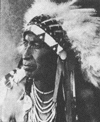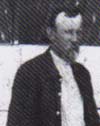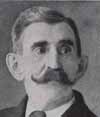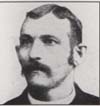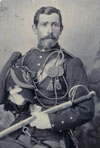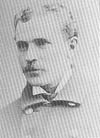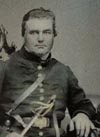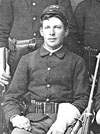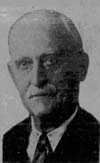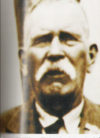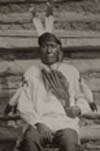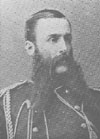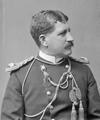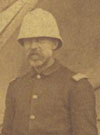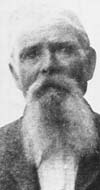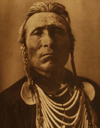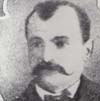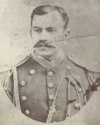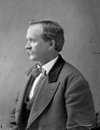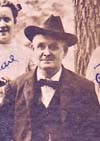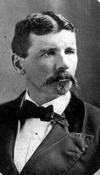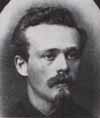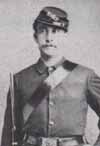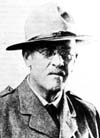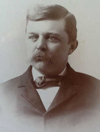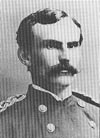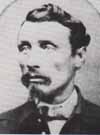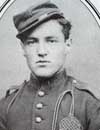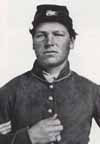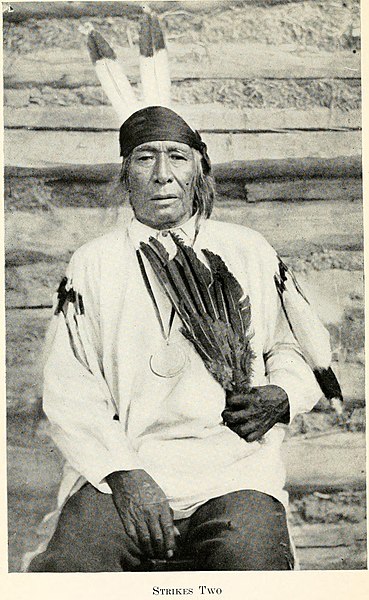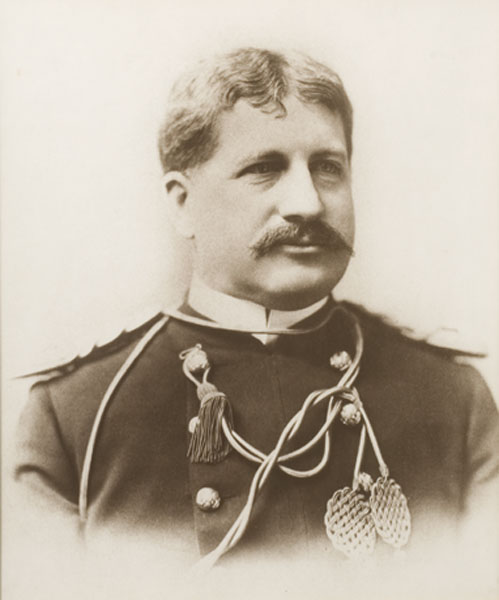John Godfried Tritten (left) was born on October 8, 1846, in Berne, Switzerland. He was a Saddler-Sergeant on the staff of the 7th Cavalry who was not present at the battle due to detached service at Powder River, Montana.
Stanton Hook died in Denver, Colorado, on October 8, 1898, and was buried in the Fairmont Cemetery there. He was a Private in Company A who participated in the valley and hilltop fights.
Edward Settle Godfrey (left) was born on October 9, 1843, in Kalida, Putnam County, Ohio. He was a First Lieutenant in command of Company K during scouting and the hilltop fight.
P. Henry Bishley was born in Chicago, Illinois, on October 9, 1846. He was a Private in Company H who was wounded during the hilltop fight.
Adam Wetzel was born on October 9, 1846, in St. Louis, Missouri. He was a Corporal with Company B who was with the pack train and participated in the hilltop fight.
Hairy Moccasin (left) died in Lodge Grass, Big Horn County, Montana, on October 9, 1922, and was buried in Saint Ann’s Cemetery there two days later. He was a scout who rode with Custer’s Column and participated in the hilltop fight.
Frank Berwald (left) died on October 9, 1936, in Highland Falls, New York, and was buried in the Sacred Heart Cemetery there. He was a Private with Company E who was with the pack train and participated in the hilltop fight.
Moses Eaton Flint was born on October 10, 1819, in Richford, Vermont. He was a Packer for the Quartermaster unit who was with the pack train during the battle and participated in the hilltop fight. See also 7th Cavalry Troopers in South Dakota.
George Anson Merritt (left) was born in Stonington, Connecticut, on October 10, 1840. He was a Private in the band that stayed behind, so he was not in the battle.
Algernon Emory Smith (right) married Nettie B. Bowen on October 10, 1867. He was a First Lieutenant in command of Company E who was killed with Custer’s Column.
Christopher Criddle was born on October 11, 1845, in New Canton, Buckingham County, Virginia. He was a Private in Company C who was killed with Custer’s Column during the battle.
Harry McBratney died on October 12, 1892, near Mandan, North Dakota, and was buried in the Mandan Union Cemetery. He was a Packer with the pack train who participated in the hilltop fight.
Dennis Lynch (left) died on October 13, 1933, in Washington, D.C., and was buried in the Soldiers’ Home National Cemetery there. He was a Private in Company F who was not present at the battle because he was guarding Custer’s luggage on the steamer Far West.
Henry William Bigler Mechlin (right) was born in Mount Pleasant, Pennsylvania, on October 14, 1851. He was a blacksmith for Company H who was awarded the Medal of Honor for his actions during the hilltop fight.
George Weaver (left) died on October 14, 1886, at Fort Meade, Dakota Territory, and was buried in the National Cemetery there. He was a Private in Company M who participated in the valley and hilltop fights. See also 7th Cavalry Troopers in South Dakota.
John Ryan (left) died in West Newton, Massachusetts, on October 14, 1926, and was buried in the Calvary Cemetery and Mausoleum in Waltham, Massachusetts. He was the First Sergeant for Company M who was in the valley and hilltop fights.
William James Bailey (right) died on October 14, 1933, in St. Cloud, Florida, and was buried in Arlington National Cemetery in Arlington, Virginia. He was a Scout who was on the steamer Far West, so he was not present at the battle.


